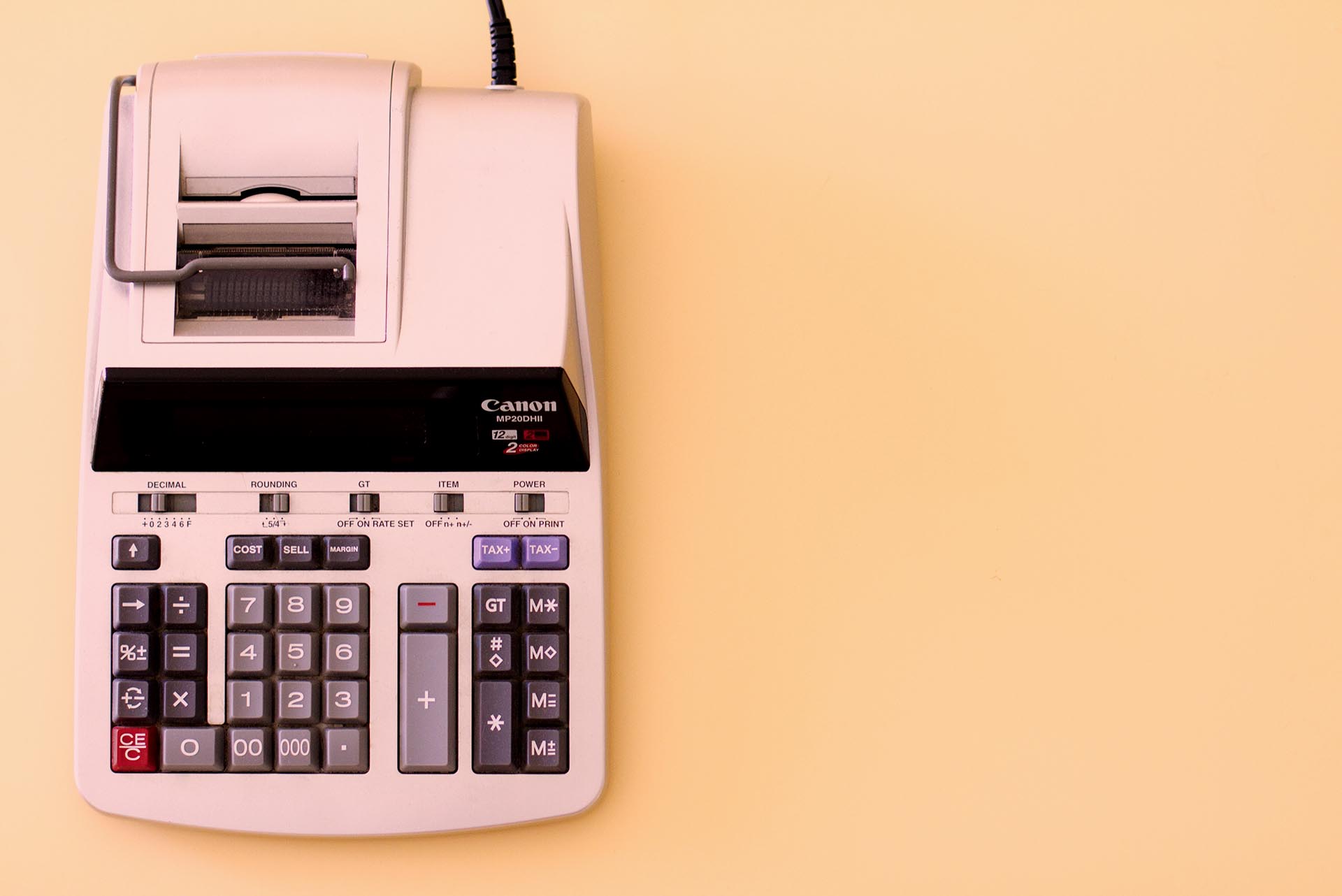
Real Estate Company in Stockholm Uses AI to Optimise Indoor Temperature
Since March 2018, the Swedish real estate company SISAB has been testing their new AI to control the indoor temperature in schools. Their system collects around a million values a day and has done so for the past seven years. – Our AI allows us to create a more stable indoor climate and increase the well-being while at the same time becoming more energy-efficient, says Mats Carlqvist at SISAB.
What Is a Digital Twin?
The manufacturing industry sometimes uses digital twins as a substitute for time-consuming and costly physical prototypes. In 2017 the Swedish newspaper Ny Teknik described the concept of digital twins as a dynamic, digital representation of an industrial product. The technology helps the industry understand and predict, for example, performance or behaviour in different environments, but can be used for much more than industrial manufacturing. In the city of Gothenburg (Sweden), a company named Sweco recently commissioned the creation of a digital twin of the city. The model that will be ready for the city’s 400th anniversary should contain relevant information about buildings, roads and trees. The company’s goal is to be able to perform so-called scenario analyses to facilitate urban planning.
Digital Twins in The Real Estate Industry
The real estate industry also uses digital twins. One company that has chosen to invest in the technology is Skolfastigheter i Stockholm AB, SISAB. We met Mats Carlqvist, who works as an operations coordinator for control and supervision and is involved in the initiative.
– Over the past seven years, we have installed lots of temperature gauges and CO2 sensors. At the moment, we have around 12,000 sensors in our schools, says Mats Carlqvist. Our sensors both measure and control, meaning that we can keep track of the indoor climate in real-time and not have to rely solely on values of the outside temperature. However, there is the inertia of controlling in real-time, and we started our AI project when we searched for technology that allowed us to manage our buildings in smarter ways.
AI In Testing Phase
SISAB manages 200 schools and 466 pre-schools in the Stockholm area and is currently testing their AI solution named SOLIDA on three of their properties. Since March 2018, SISAB has been working with an energy and operating optimisation company called Myrspoven to optimise the indoor temperature in their schools:
– The idea is that we should be able to set the minimum and maximum value for each sensor and that the system will be able to find the best settings to stay within these limits, says Mats. We have used Myrspoven’s AI platform to develop our solution, which we call SOLIDA (SISAB Online Intelligent Data Analysis). Our AI can draw all sorts of conclusions on its own; we just set the framework.
Every day, SISAB collects around one million values from its building stock. Their challenge is to utilise the information collected to not only manage and troubleshoot in real-time but also to be able to make data-driven predictions.
– Servers have been using AI and machine learning for a long time, Mats continues. Most motherboards in a server have a variety of sensors that tell you when something needs to be maintained or replaced. Why not do the same for properties. After all, a building is much less complicated than a server is, says Mats.
New Calculations Every 15 Minutes
Every 15 minutes, SOLIDA publishes new calculations and the best combinations of settings, based on data collected by Metry, among others. The technology itself worked from day one, even though the system could only use historical data based on settings made by humans, without the help of AI. The goal is for SOLIDA to be present in all the SISAB’s schools, but what parts that each school will use and benefit from is still difficult to say.
– We believe that, in the future, SOLIDA will manage the indoor climate and general energy consumption to optimise our building stock. We also believe that our staff will arrive at the office in the morning, turn on their computers and be met by SOLIDA who tells, for example, what people they need to contact to get something replaced or repaired, Mats speculates.
In December this year, SOLIDA has been running for a full year and will then start iterating on its settings.
– It will be exciting to see! Will the system be able to optimise its settings when tested against itself? Mats conclude enthusiastically.


